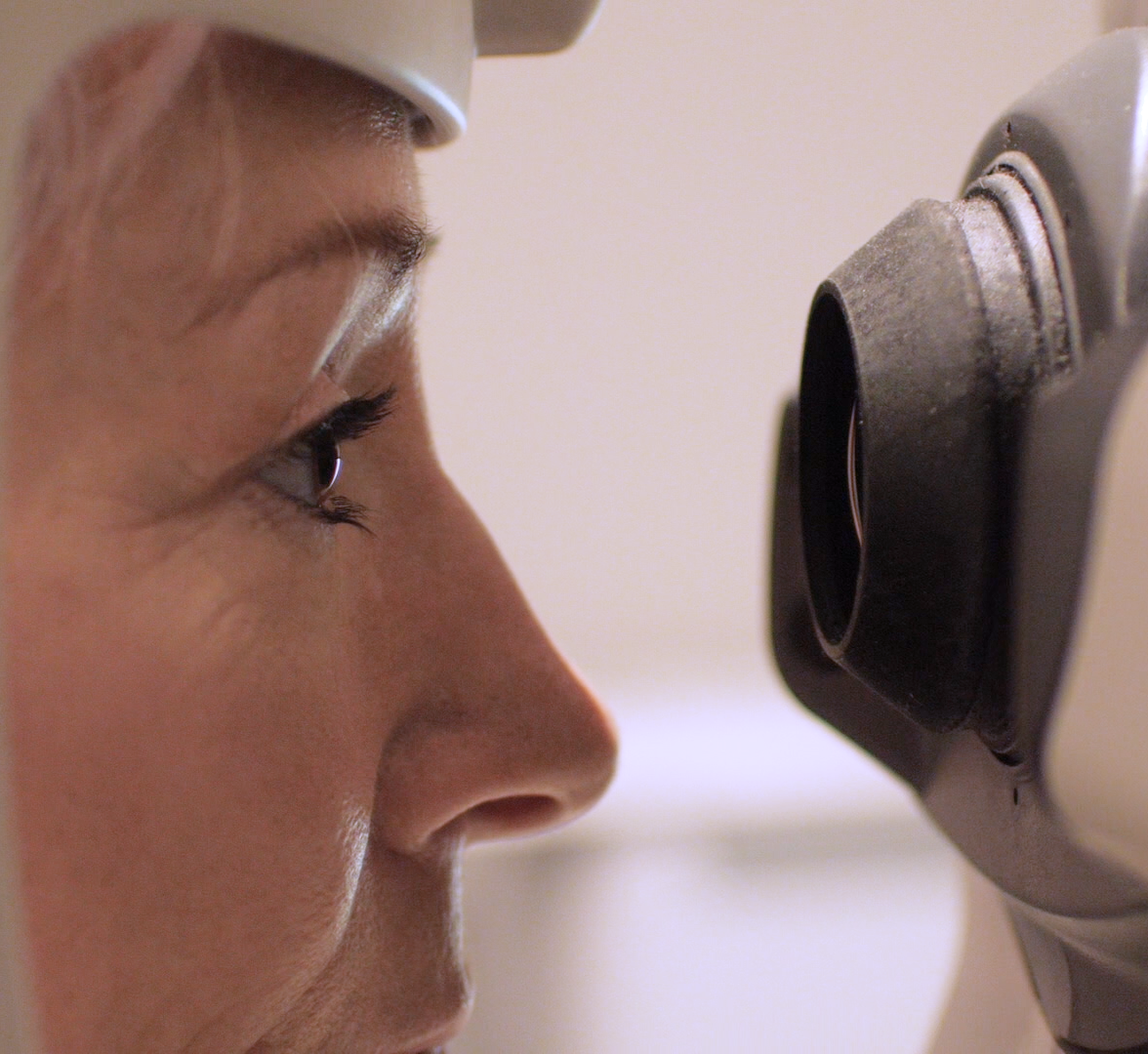
The term colour blindness often gets mistaken for the inability to see any colour at all. But, to understand the true meaning of colour blindness we need to first ask ourselves: how do our eyes perceive colour? Let’s take a closer look.
Colour is the perception that allows humans to tell two objects apart, when attributes like shape, size, and texture are the same. We single out humans because unlike many animals, our complex visual system gives us the ability to experience the gift of colour in all its wonder.
How do we see the world in colour?
Our retina (the light-sensitive layer at the back of the eye) is filled with two kinds of special cells, rods and cones. Rods control our night vision and allow us see in black and white. Cones, on the other hand, operate our day-time and colour vision.
There are three types of colour-sensitive cones in the eye that help us detect red, blue and green. As light enters the eye at different wavelengths, it hits colour-sensitive cones which then respond according to the intensity of the wavelengths. The combinations of these three responses allow us to experience the full spectrum of colours (like when we mix primary colours to create different shades of paint).
What is colour blindness?
Colour blindness or deficiency is what occurs when the colour-sensitive cones in the eye don’t work as they should, affecting one’s ability to distinguish between shades of colour. Roughly 10% of men and a smaller percentage of women live with red/green deficiency causing them to perceive particular shades of red, green and yellow as varying degrees of grey. Many other colours like blue and purple will appear as normal. Despite its name, colour blindness in its absolute form (the complete inability to see colour) is extremely rare.
While problems with colour vision can make everyday tasks like choosing an outfit and reading traffic signals difficult, they can be overcome by finding new ways to differentiate between colours.
Although there is no known cure for inherited colour vision problems, tinted lenses and glare protection can increase the contrast between colours to help people see subtle differences more clearly.
Kids and colour blindness
Knowing that children with vision problems often aren’t aware that they see the world differently, it’s important to have their eyes tested before they start school. Colour vision plays an important role in learning, so checking for colour deficiencies in your children by booking them in for a comprehensive eye examination is essential.
Get tested today
Our optometrists are passionate about helping you see the world more clearly. Find your nearest optometrist via the button below to book yourself in for a thorough 360° eye consultation.
Find your nearest optometrist now


